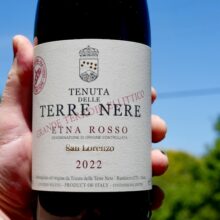
Product information
Terre Nere Santo ‘San Lorenzo’ Etna Rosso D.O.C. 2023
Red Blend from Sicily, Etna
$185
Description
The 2023 Etna Rosso San Lorenzo is surprisingly rich and spicy in this vintage. Cloves and cinnamon sticks combine with hints of cherry sauce and blood orange. This is elegant in style, with seamlessly silken textures and depths of ripe red berry fruits that saturate the palate in primary concentration. Powerful and potent, the 2023 finishes with extreme length and a staining of liquid lavender that lingers for well over a minute. The 2023 is unlike any San Lorenzo I’ve yet tasted. This has unbelievable depth.
Eric Guido, Vinous 97 Points
Tenuta delle Terre Nere own 4 hectares of vineyards in San Lorenzo, which sits just outside the town in the comune of Randazzo, att 800–900 metres. The site is on the north-western border of the Etna DOC, and it has the coolest climate of any Contrada. Vines are upwards of 100 years old in some instances, and the soils are shallow and especially rich in ash (almost entirely) interspersed with volcanic pebbles and are very poor in nutrients.
The vines are very low yielding and very high in quality. They are trained albarello (bush vine) but have been structured as espalier to create more space, partly because in the 1960s they had started to make way for some mechanisation in the area. This isn’t relevant for Tenuta delle Terre Nere who purchased the vineyard in later years, but there was no reason to change it as the vines still held the qualitative advantages of albarello – they just looked a little different.
In stock
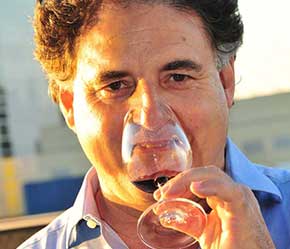 Apparently lightening never strikes twice. In Etna, with Passopiscaro and Terre Nere it has done so in emphatic style.
Apparently lightening never strikes twice. In Etna, with Passopiscaro and Terre Nere it has done so in emphatic style.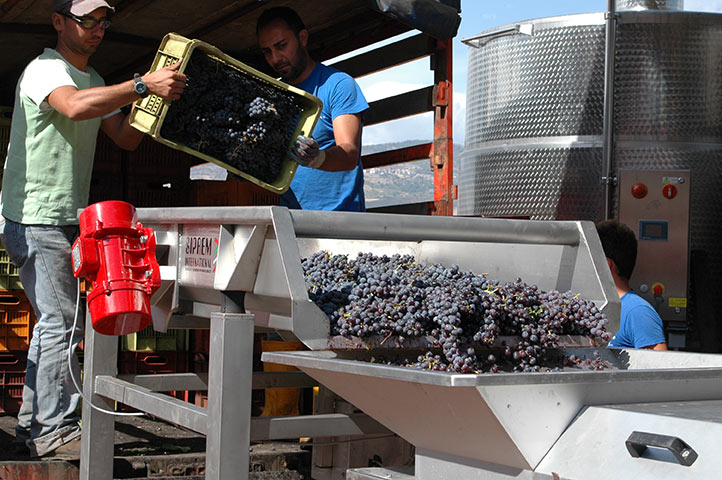
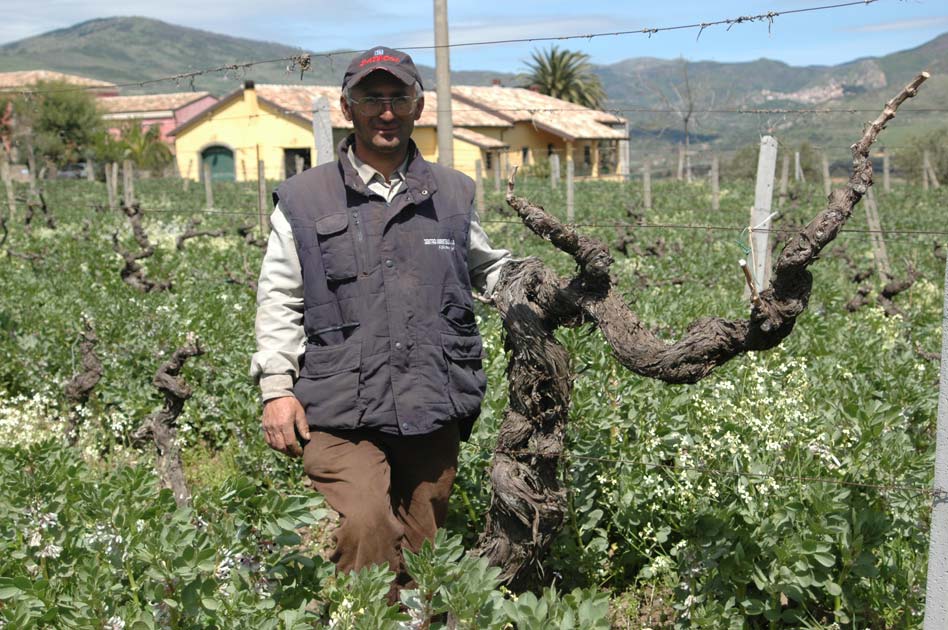
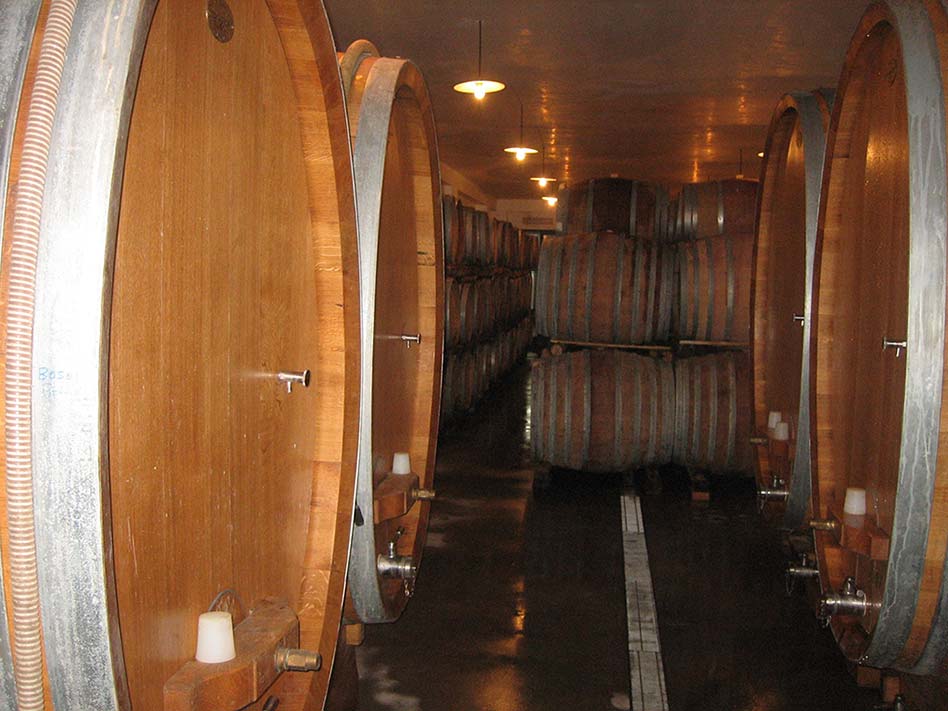
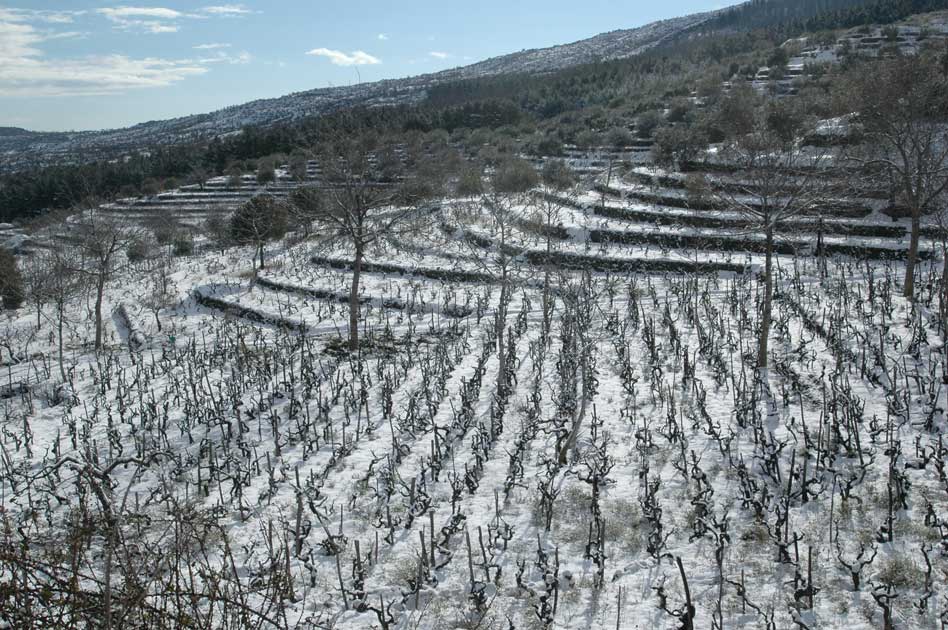
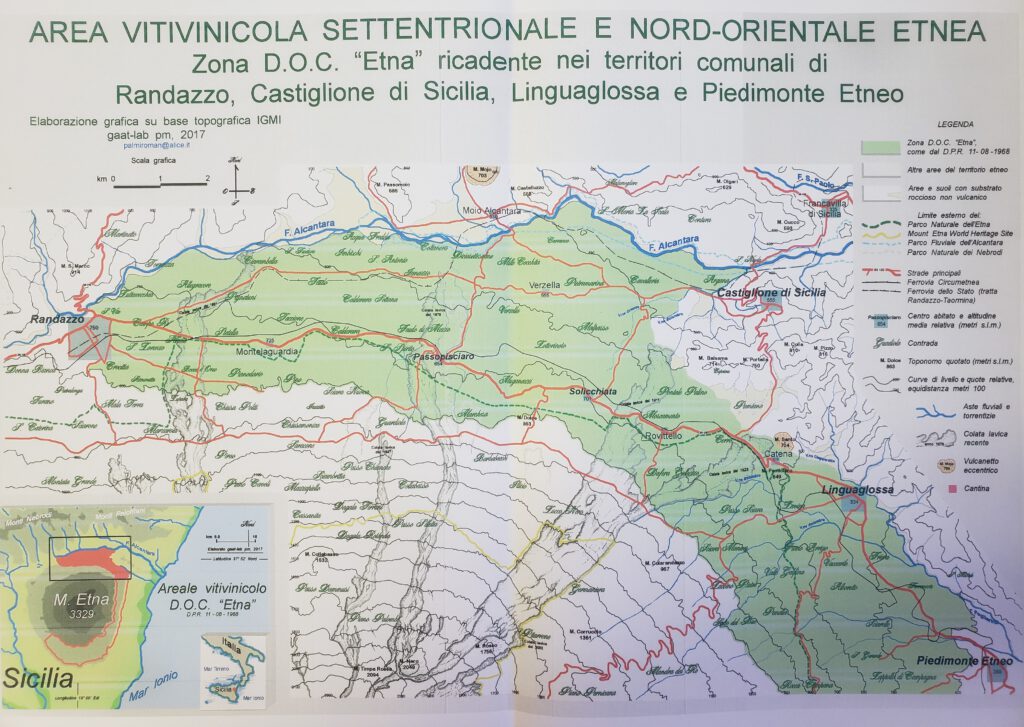
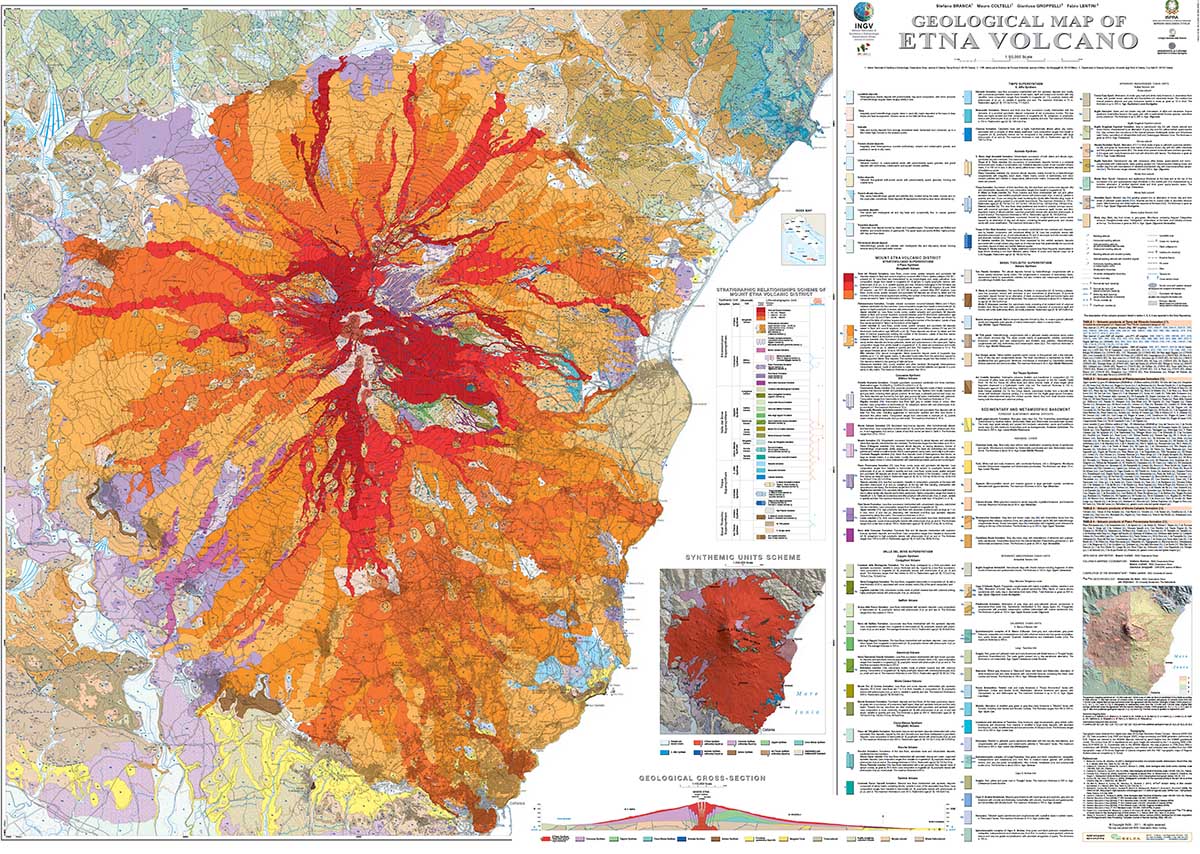
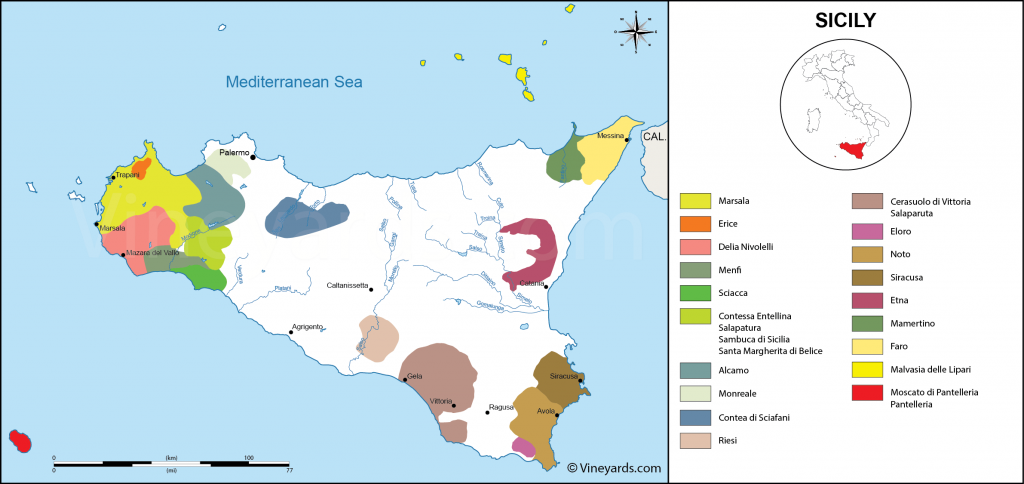




You must be logged in to post a comment.